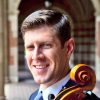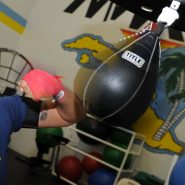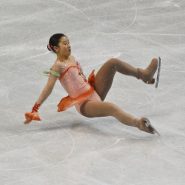
Author: Jonathan Thomson
Jonathan has been an active performer and teacher throughout the greater Los Angeles area since 2005. He has performed internationally in England, Italy, Lithuania, Poland, Ukraine, South Korea and China. As a chamber musician, Jonathan has competed at the Fischoff and Coleman competitions, and received guidance from the Kronos, St. Lawrence, Brentano, Lafayette, and Penderecki quartets. Jonathan has taught at APU since 2008 and was a Teaching Fellow in the top-rated Musicology Department at UCLA. He has also taught for many years at private music academies and for prominent organizations like Harmony Project and Education Through Music—LA.
If not teaching or practicing, you will most likely find him training for his next marathon or 10k.
Visit his website here
By Jonathan Thomson December 4, 2015
Subjects Practicing
Tags cellobello, CelloBlog, Jonathan Thomson, Marathon, numbers, practicing
By Jonathan Thomson October 30, 2015
Subjects Practicing
By Jonathan Thomson October 15, 2015
Subjects Practicing
By Jonathan Thomson February 25, 2015
Subjects Playing Healthy, Practicing
By Jonathan Thomson February 1, 2015
Subjects Practicing
Tags cellobello, CelloBlog, Jonathan Thomson, Marathon, training
By Jonathan Thomson December 9, 2014
Subjects Practicing
Tags cellobello, CelloBlog, Jonathan Thomson, Practice, rules, sports
By Jonathan Thomson November 3, 2014
Subjects Practicing
By Jonathan Thomson October 31, 2014
Subjects Practicing
Tags cello, cellobello, CelloBlog, Jonathan Thomson, Practice, sports, training








